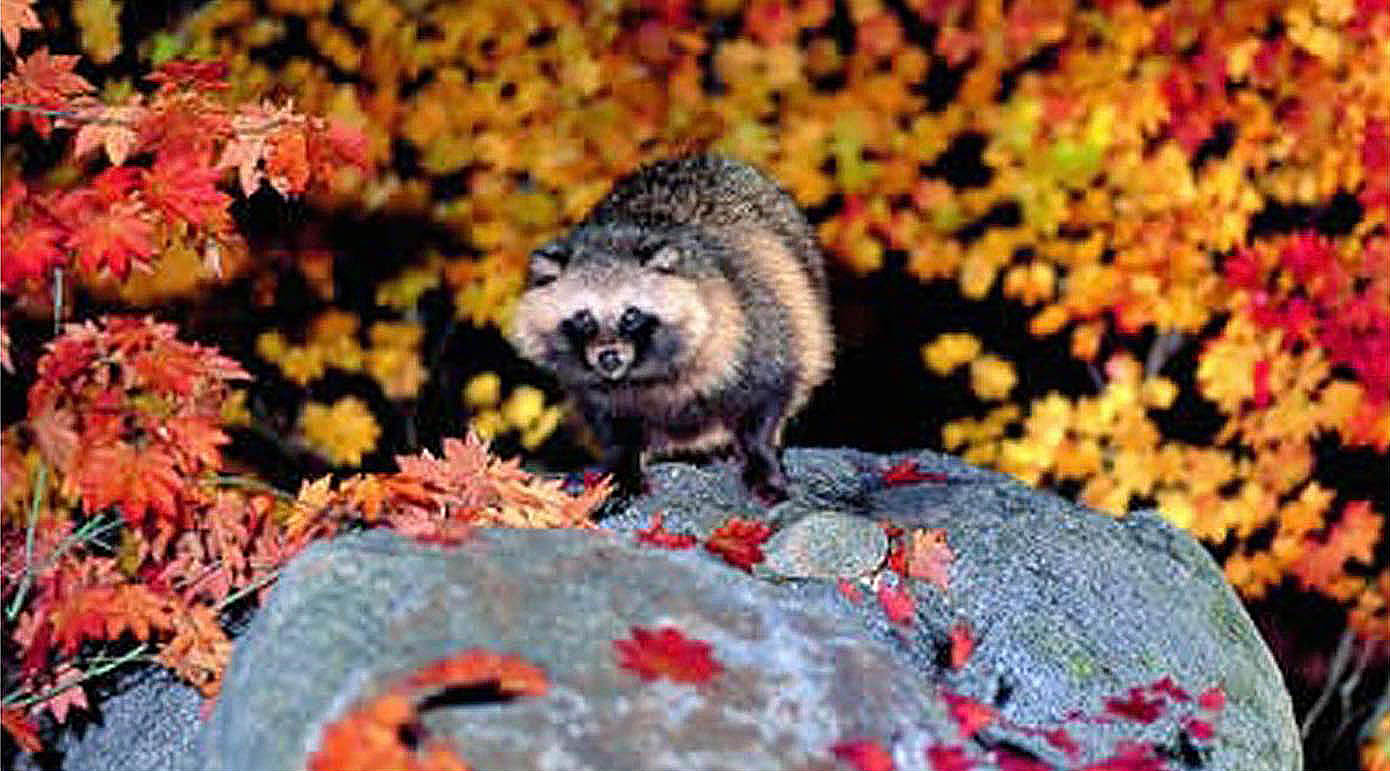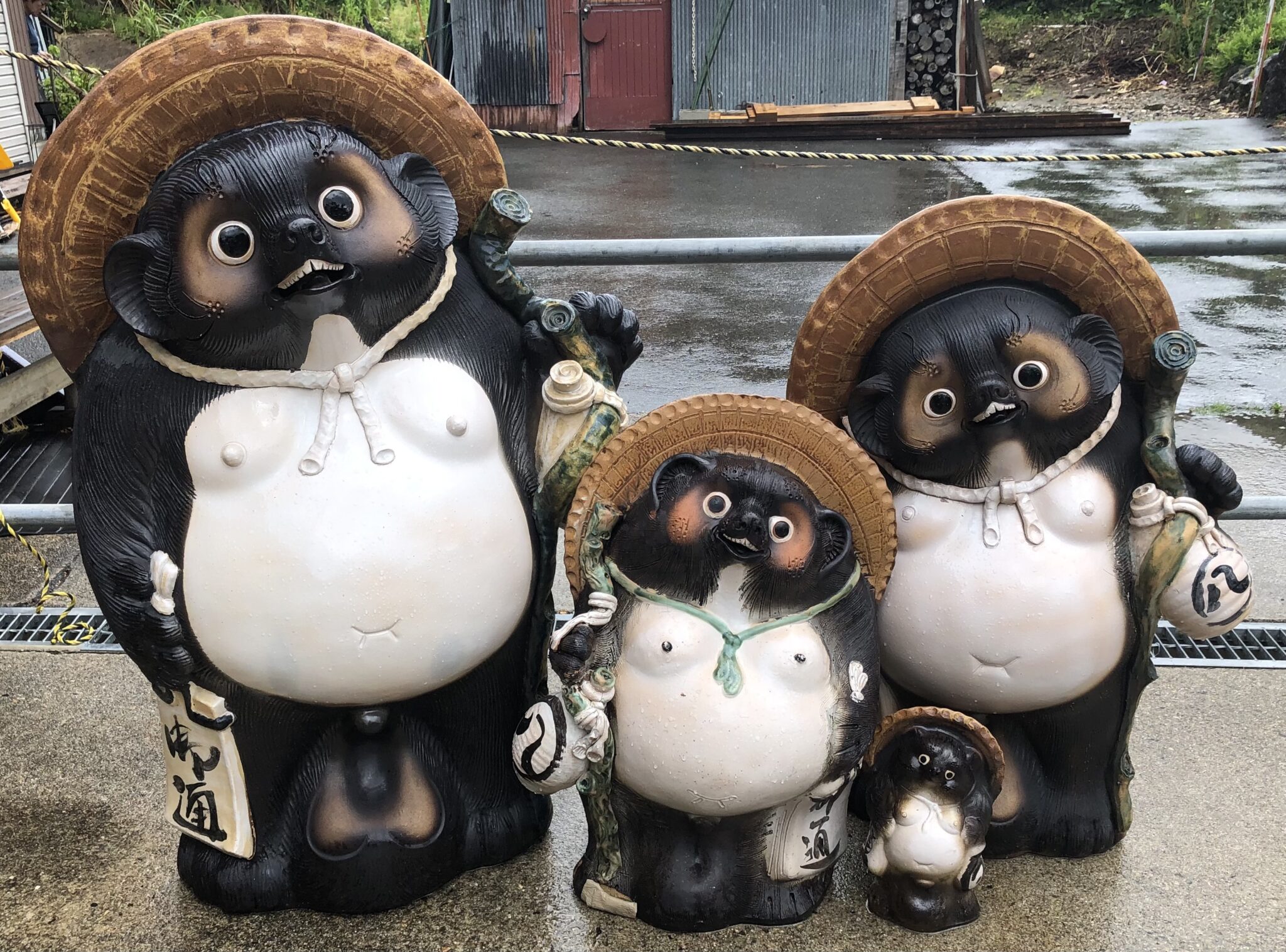
Tanuki: Japan’s Trickster Spirit of the Forest
In the heart of Japanese folklore lives a curious creature both real and mythical—the tanuki, also known as the Japanese raccoon dog. With its round belly, mischievous grin, and shapeshifting powers, the tanuki has leapt from the woods and into the imagination of a culture. But how much of the tanuki is folklore, and how much is fact? Let’s explore the fascinating blend of nature and legend that surrounds this unique animal.
What Is a Tanuki?
The real tanuki (Nyctereutes procyonoides viverrinus) is a subspecies of the raccoon dog, native to Japan. Though its name might suggest otherwise, it is not related to raccoons. Instead, it’s a member of the canid family—making it a distant relative of wolves, foxes, and domestic dogs. Tanuki are nocturnal, omnivorous mammals known for their fluffy fur, dark facial markings, and distinctive waddling gait. They inhabit forests, rural areas, and even the edges of cities, adapting well to human presence.
Tanuki in Japanese Folklore
Folkloric tanuki are far more than just forest dwellers. They’re shapeshifters, pranksters, and often symbols of good fortune. Known for turning into humans, objects, or even teapots, these mythical tanuki use their powers to trick or amuse people—though usually in harmless, humorous ways. They’re often portrayed as jolly creatures with large bellies, straw hats, and a bottle of sake in hand.
One of the tanuki’s most iconic (and often comical) features in folklore is its magical, oversized scrotum, which it uses for all kinds of transformations—turning it into boats, parachutes, drums, or gold-stretching tools. While this detail may raise eyebrows in the West, in Japanese tradition, it’s viewed more as a symbol of luck, prosperity, and resourcefulness than vulgarity.

Tanuki Statues and Modern Pop Culture
If you’ve visited Japan, you may have seen ceramic tanuki statues standing outside restaurants or shops. These cheerful figures are believed to bring prosperity and customers, thanks to their lucky associations. Each feature of the statue—from the wide-brimmed hat to the sake bottle—symbolizes a different form of success or protection.
Tanuki also have a prominent place in modern media. Studio Ghibli’s Pom Poko (1994) tells the story of a group of tanuki defending their forest home from urban development. The film blends environmental themes with traditional folklore, showcasing the tanuki’s shapeshifting antics and communal spirit.
Conservation and Cultural Respect
While tanuki are not endangered, they face challenges from habitat loss and road traffic, especially as urban areas continue to expand. Interestingly, raccoon dogs have also been introduced to parts of Europe and Russia, where they’ve become an invasive species.
In Japan, however, the tanuki is not just an animal—it’s a cultural icon. Efforts to protect their natural habitats go hand-in-hand with preserving the stories and symbolism that have surrounded them for centuries.
Final Thoughts
The tanuki is a rare blend of biology and mythology, mischief and magic. Whether you’re reading about its legendary tricks, admiring a statue outside a noodle shop, or spotting one darting through the underbrush on a quiet night in Japan, the tanuki continues to enchant and surprise. It reminds us that the natural world and human imagination are often more intertwined than we realize.
Did You Know?
- Tanuki can hibernate during the coldest parts of winter, unlike most canids.
- The word “tanuki” is sometimes mistranslated as “badger” or “raccoon,” but it’s a species all its own.
Explore More:
- Want to dive deeper into the wild world of trickster animals? Check out our posts on coyotes, foxes, dholes, and martens!
- Keep exploring our blog for more animal bytes full of folklore, facts, and furry mischief.
More photos below ↓












Disclaimer: This blog post is for edutainment purposes only and may not be entirely accurate.






